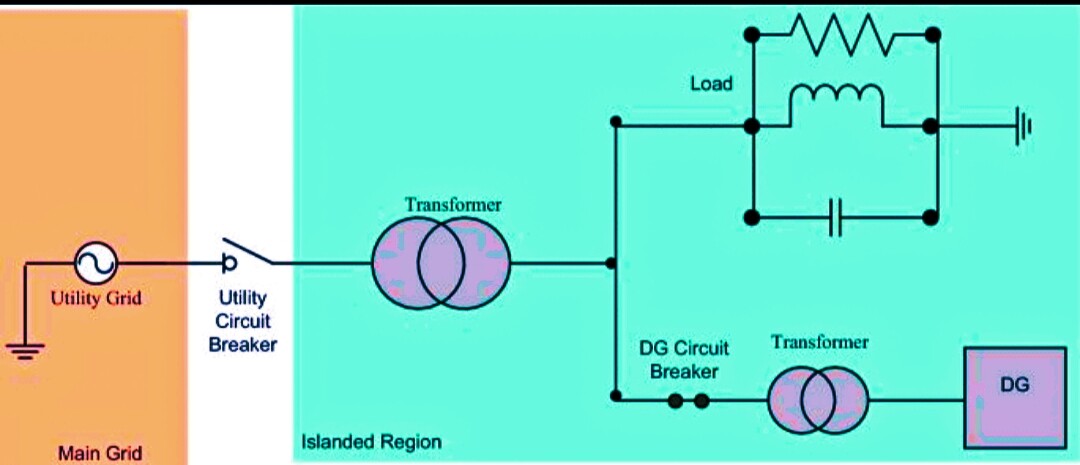GRID ISLANDING STUDY
Safeguarding Your Plant During Grid Disturbances
What is Grid Islanding?
Grid islanding is a protection strategy where a plant operating in parallel with the utility (GRID) disconnects itself automatically when a disturbance is detected in the external grid. This disconnection prevents harmful effects like loss of synchronism, generator damage, system blackouts, and equipment failure.
Typical Grid Disturbance Scenarios:
- Grid voltage dip or swell (lasting >1 sec)
- Loss of grid power or blackout
- Frequency deviation beyond operational limits
- Symmetrical or asymmetrical grid faults
- Sudden load/generation mismatch
- Major switching transients
Protection Functions Utilized:
- Directional Overcurrent Protection (DOCR)
- Rate of Change of Frequency (ROCOF)
- Vector Shift Detection
- Reverse Power Protection
- Over/Under Voltage & Frequency Detection
These functions are implemented in relays at the grid incomer, designed logic and setting to detect grid disturbance and isolate the plant within milliseconds.
Study Deliverables:
- Dynamic simulation of grid disturbances using ETAP
- Relay setting recommendations for islanding logic
- System stability assessment in islanded mode
- Sequence of operation and event timeline for protection response
Benefits:
- Protects sensitive assets like turbines and generators
- Avoids widespread plant blackouts and damage
- Maintains power continuity for critical operations
- Supports integration with renewables and smart grid features
At System Protection Technocorp Pvt. Ltd., we offer expert Grid Islanding Study services to ensure reliable operation of industrial and commercial facilities equipped with Captive Power Plants (CPP). Grid disturbances such as voltage sags, frequency instability, or faults can severely impact operations when running in parallel with the utility grid. Our islanding solutions ensure the plant can automatically isolate itself from the utility and operate independently, minimizing risk and maximizing resilience.

